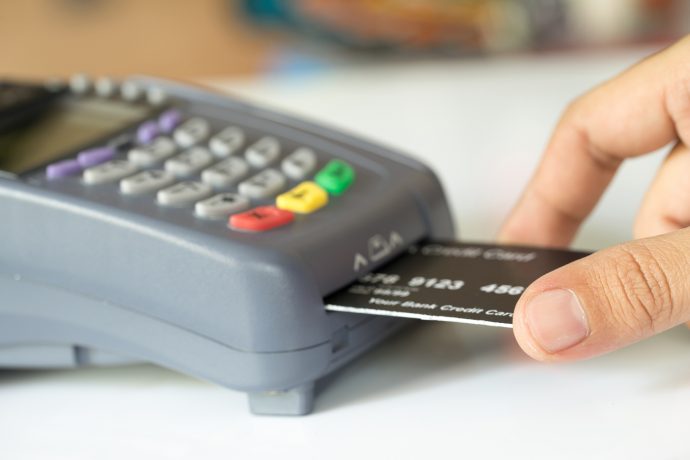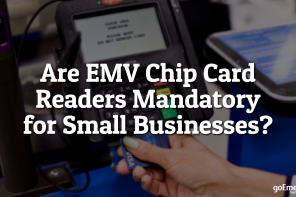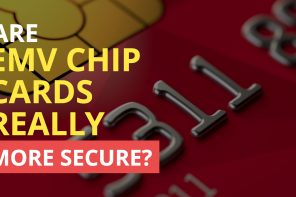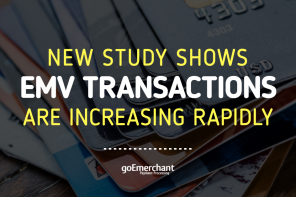Visa and MasterCard have transitioned from old “swipe” cards to chip-and-PIN credit cards (also known as EMV). With these two major credit card companies on board, the transition to chip-and-PIN brings simpler transactions and better protection to customers. Here are some of the benefits it provides.
Improved Security
Traditional magnetic strips store cardholder data used to make transactions. If an unauthorized party acquires the card’s data from a payment point, they can make purchases easily. Since store staff rarely verify signatures carefully — if at all — it’s a major security problem. Financial institutions estimate that more than half of credit card fraud cases involve customers still using magnetic strip cards.
Chipped cards eliminate many of these fraudulent transactions as they only store the user ID. When you use the card, the system transmits your ID to the credit card company’s server, which generates a unique transaction ID valid only for that transaction. Stealing or copying the transaction ID is useless.
PINs for Validation
Completing a transaction with a chip-and-PIN card is also much easier. Depending on the store’s payment terminal, you enter either a Personal Identification Number (PIN) or a signature to validate the transaction. Early versions of chipped credit cards included a magnetic strip, allowing cardholders to continue shopping at merchants with older terminals.
Using PINs for validation means sales clerks and cashiers don’t have to handle the card, reducing the risk of card duplication. Instead of handling the card, the staff member presents a payment terminal. You place the card in the terminal, where it stays throughout the transaction, with no way to copy credit card numbers or other information.
Requiring a PIN also makes online transactions easier and safer. Both Visa and MasterCard are introducing extra layers of protection for electronic transactions. When you make a purchase at online stores that support Visa 3D Secure and MasterCard SecureCode, you must either enter characters from your chosen “secret word” or the system sends a one-time PIN to your registered phone automatically; you must enter the correct one-time PIN to complete the transaction.
Contactless Payments
The major additional change that chipped credit cards bring is support for Near Field Communication (NFC) technology. New payment terminals allow customers to pay without dipping their card. You simply place the card near the NFC reader and it starts the payment process immediately.
Contactless payment opens up a range of possibilities, including the ability to pay with third-party payment systems such as Apple Pay and Google Pay. Instead of pulling out the credit card, customers can pay with an NFC-enabled smartphone or smartwatch instead.
There are still many improvements to come with chipped credit cards. Credit card companies and third-party developers regularly introduce new features to make shopping faster, safer, and more convenient. As merchants rapidly adopt the new payment terminals, the future for chipped credit cards is bright indeed.




